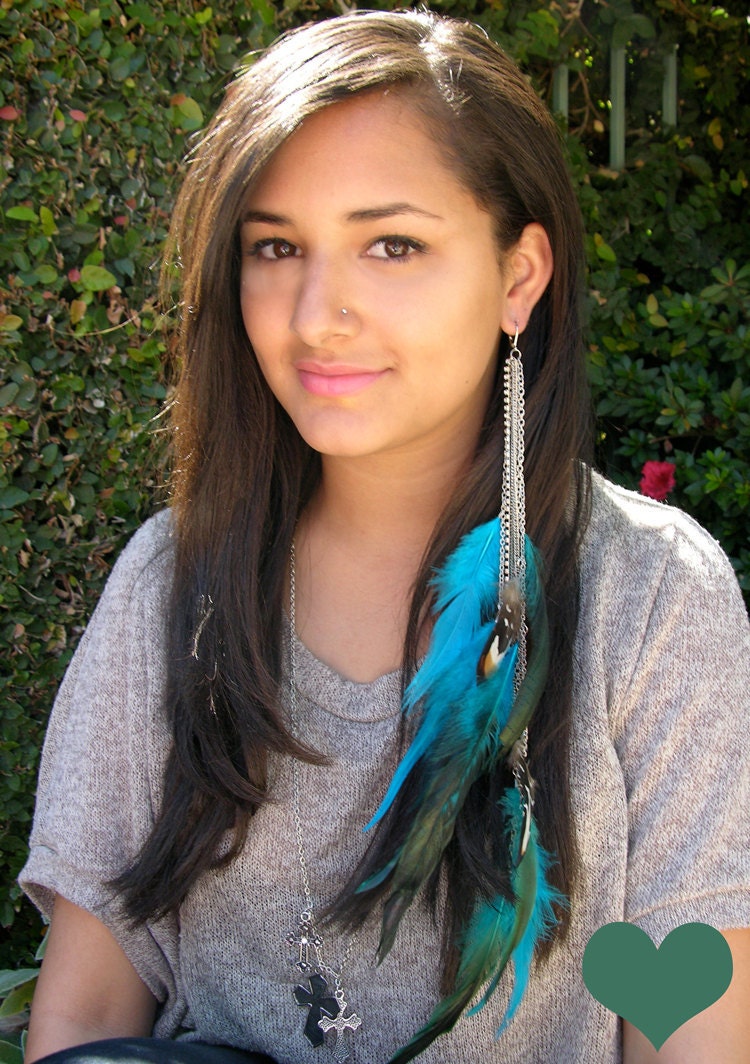An editorial by Shadow McClain
Fresno, the heart of California's Central Valley, America's breadbasket. It also happens to be surrounded by 5 Indian casinos. In no particular order they are: Chuckchansi Gold Resort and Casino, Table Mountain Casino, Tachi Palace, Mono Wind Casino, and Eagle Mountain Casino. The most relevant to this post are Table Mountain Casino and Chuckchansi Gold Resort due to proximity. When many non-Natives think of these Indian casinos they assume that the money goes back to the Natives in their communities. Sadly this is a misconception. The following list shows the 3 major problems with the Indian casinos in the Central Valley.
1. Henry Madden Library- Never heard of it? That's because the new unofficial name of this Fresno State University library is the Table Mountain Library. Why does this matter? Wikipedia reports,
"The Table Mountain Tribe, which runs Table Mountain Casino north of
Fresno, donated $10 million to this project. The library features Native American
elements in its architecture. The expanded and remodeled library is
among the largest libraries in the 23-campus California State University
system and is the largest academic library in the Central Valley."
What Wikipedia does not know is that Fresno State University pleaded to have a respected California Indian basketweaver weave baskets specifically for display in their library. There are plaques posted throughout the library boasting the Table Mountain name. However, Saturday, April 14th 2012, the annual campus powwow was held in a parking lot, beside a ravine, the size of a small McDonald's building. If you are unfamiliar with Native American dance, now would be a good time to go to YouTube and research Grass Dance, Jingle Dress, Men's Traditional and Fancy Shawl. You will notice there is a lot of hopping. You will also notice that in all competition powwows the dancers wear moccasins. As a dancer, I can tell you that hopping around in moccasins on asphalt is uncomfortable for too many reasons to name. As I sat in the audience, I listened to the spectators on the powwow trail and they said, " This is embarrassing. Why are we shoved to a back, side parking lot like a bunch of homeless people?" Another complained, " This is insulting, these dancers come all this way to dance on asphalt when there's grass a few feet away!" Hearing this I decided to find out why our dancers were confined to a cracked parking lot, why everyone had to hold their children closer for fear they would fall into a ravine and drown, why we had to step over parking dividers to visit vendors and drummers. I contacted the school and was told, " There's a noise problem. We don't want our students to complain about the noise from the powwow when they have a Saturday class."
I am very rarely speechless and this was one of those moments. Here is what I should have said. "It's one day out of the year. Are you telling me your students can't have one class cancellation?" I also should have said, " All of the money that Table Mountain Casino has donated to this school over the years, and you treat their Indian people like this? The football field is empty. The auditorium is empty. You're telling me one of the largest Universities in the State of California can't find an alternative to having the powwow on a raggedy parking lot?" I know what you're thinking. Why didn't I say that, right? The last person to say something in the school paper about the lack of tribal support almost cost the university it's grant funding from Table Mountain Casino. You see, Table Mountain Casino is well aware of the poor treatment of Natives by the university but it takes no action. The reason is because it is more concerned about having it's name on the library than it is concerned with the betterment of the Native students and cultural pride of other natives in the community. Many people were hurt and angry with what they saw at Saturday's powwow. But no one wants to complain because they recognize how little support the Native student organization that hosts the powwow receives. They did the best they could with the lack of support they had.
2. Get Your Own Clinic
Before each casino could open up in its community, it needed community support. Let's face it, there aren't enough members in any one Central Valley tribe to garner the votes to open a casino. So like "We Are The World" the tribes and the non-Native communities banded together to bring in the votes. This was done under the promise that the casinos would contribute to the communities that it profits from. They kept their promise. One casino donated an entire burn ward at a local hospital and another, Chuckchansi, has their name on the ballpark in downtown Fresno. Yes, that same tribe that recently feuded so deeply over enrollment and disenrollment, that people were being murdered. As we speak, the Clovis Rodeo is completely sponsored by Table Mountain Casino. What used to be called Clovis Hat Days is now Table Mountain Hat Days due to the repeatedly large donations. So what's the problem? Clovis is a city known for it's racial violence against Native Americans. Just last year a Pomo woman was assaulted and dragged from her car and beaten with a tire iron in Clovis. Although the criminal was caught, and there were over a dozen witnesses that saw the swastika on the man's shirt, the Clovis Police Department claimed there was no evidence that this was a hate crime. The man was released. Within 30 days, he was arrested again for attacking a Native American man at a Target store. This is the city that hosts the rodeo and Big Hat Days events that Table Mountain Casino proudly supports. These events are frequented by a majority of white patrons and a fewer amount of Hispanic patrons. However, the Central Valley Indian Health clinic, also in Clovis, does not receive financial support from any of the surrounding casinos.
CVIH is intended to serve the Native community, however, it serves anyone with health insurance or cash to pay for services. The same as any clinic. Here is a typical day at CVIH from a male patient, who chooses to remain anonymous.
"I had an appointment at 8:30am. I got there at 8:20. I signed in and waited. I was not called into the the patient room until 10:30. I sat there, blood sugar crashing, as I was told to fast for the blood work that needed to be done. At 11:45 I questioned a nurse about the wait time. He told me that my doctor would see me at 12:45...when she returned from lunch. If I left, I would have to reschedule. The lab technician took my blood. No one offered me orange juice or something to eat. I was told to wait. 1:15 came around. I was told that they took too many walk-in appointments and that I would have to reschedule. The last time this happened, my wife was in my shoes. She was there for a birth control shot. She is now four months pregnant and is being criticized by the clinic for not using birth control. The icing on the cake is that my blood test was read by a doctor, that never saw me, and I was referred to the nutritionist. I was apparently obese, and in danger of contracting heart disease and diabetes. So I got on the ball and took care of my diet and exercise. I got a job that came with health insurance, PPO. The doctor gave me a full physical before apologizing. It seems the doctor at CVIH was wrong. I was no near the danger of heart disease or diabetes. And although I was overweight, Obesity was 67lbs away. That's more than a pregnant woman gains in 9 months. When I confronted the clinic, the employees complained about funding."
Clearly there is an employee problem here. But more importantly, where is the tribal assistance? Why does the clinic have to employ doctors and nurses with poor people skills? Why are the doctors making mistakes like these? Another patient noticed that every time a child comes to the clinic, with no pediatricians on staff, they are told they have an ear infection. She decided on a second opinion and found that a PPO doctor found no evidence of an ear infection but did find a molar growing in and offered Baby Orajel. After researching, I found that the doctors at this clinic are doctors that are simply working off their student loans, or are doctors that have too many complaints to work for anyone else. But, they are all the clinic can afford so they take what they can get. There was a time when the surrounding casinos first opened that the Indian clinic received funding and the healthcare received by Natives was average and above. But once the casino received all of its votes, it decided to build its own clinic, open only to its own tribal members, leaving the Indian clinic to scrape up funding from a bankrupt state.
3. We're both Indian...So What?
Although the neighboring casinos wouldn't exist without the surrounding Native and non-Native community, the Native community would be hard pressed to find support from the casinos. Have you ever heard of the California Indian Film Festival? Exactly. A group of volunteers tried to start a film festival that would introduce the nation to the true identity of the California Indian. All the organization needed was funding for the theater rent. All of the neighboring casinos declined to support the festival in any way, stating "It fails to meet the needs of our tribal members." The founders went to Canada. They were instantly funded.
Have you ever heard of the Clovis Unified School District Native American Graduation? No? That's because a request for funding, $500, was declined by the neighboring casinos. The same is true for the Tiny Tot powwow, Big Time, Hand Games Tournament, Native American Scouting program etc. The local Indian casinos have plenty of funding for hospitals and clinics that the Natives in its own community cannot afford. They have money to fund the expensive, non-Native, cultural events of a city that covers up hate crimes against other Natives. They have no money to fund scholarships, medical care, or cultural preservation for its own people.
These 3 things should be investigated and never forgotten. Voting season is coming soon. Remind these casinos of their shortcomings before you cast your next vote.

















